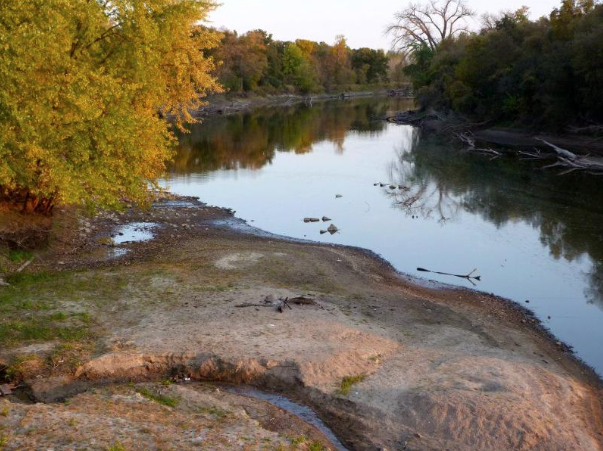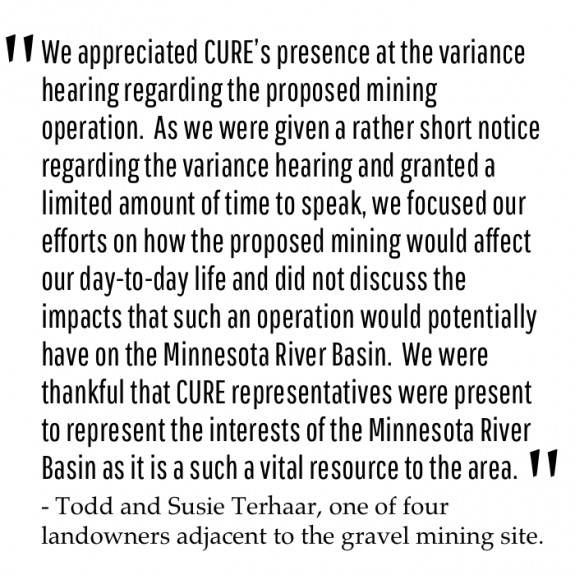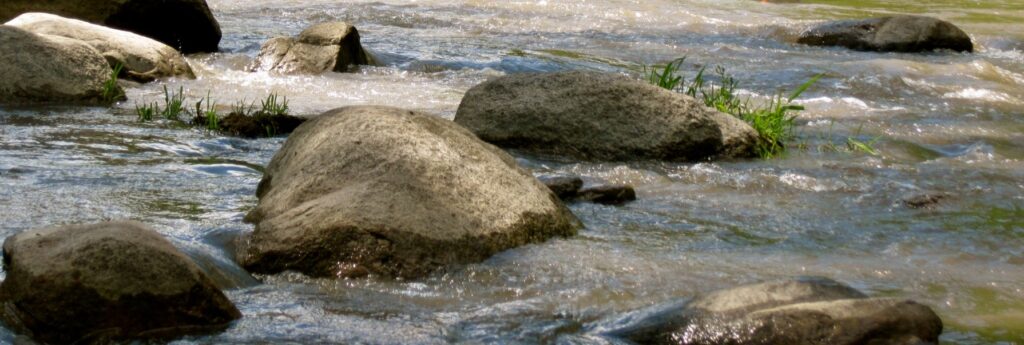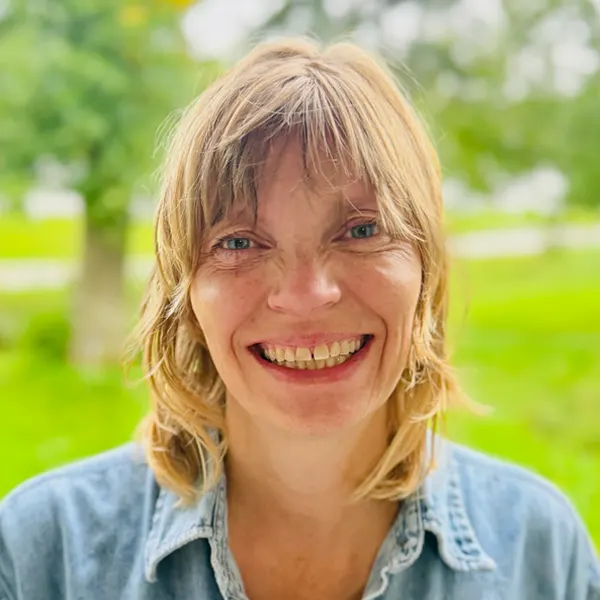
About three weeks ago, CURE received a call from a landowner because he and three of his neighbors had been notified of a public hearing regarding a variance request from Duininck Inc.: the company wanted to mine gravel less than 500 feet from the Minnesota River. While there were already pits in place from the last time the area was mined, they had been abandoned for more than 20 years, and nature had reclaimed the space. Meanwhile CREP land on three sides connected the parcel to the river, creating a large tract of habitat where wildlife flourished. Wildlife habitat seemed to be the best use of the land, as it was in the Minnesota River floodplain; the proposed mining site had been flooded in 1997, 2001, and 2014.
Meanwhile, we didn’t know how many people actually knew the hearing was going on. While the county published news of the hearing in the local paper, only 4 households with land within 500 feet of the affected property received formal notice of the hearing. We knew, however, that a gravel mine on the Minnesota River is not something that only affects adjacent landowners.
So we mobilized, getting the word out to people through Facebook and email. We also notified regional press, hoping for coverage. In the end, about 20 people attended the hearing last Thursday, and several others who were unable to attend followed up with us, asking for news of the outcome. Furthermore, two of CURE’s board members took the time to attend the hearing, as did CURE staff and Renville County resident Peg Furshong.
While the hearing began on a rather ominous note, residents offering testimony stuck to their guns and explained how the mine would negatively impact their lives and the community as a whole. In general, the citizens offering testimony outshone the Duininck representative, who seemed flustered and was unable to answer many of the questions posed to him. To everyone’s surprise, the Renville County Board of Adjustment and Appeals voted 3-1 to deny the variance request, citing the arguments made throughout the morning that issuing the variance would not “maintain the essential character of the locality.”

With this simple vote, Duininck Inc. was effectively shut down. While they can reapply for another variance request in 12 months, we have no reason to believe that the findings of fact would change: a gravel mine in this location would still disturb the area.
We were amazed at what the power of a few well-informed and authentic citizens could do, especially when bolstered by the support of an organization that can honestly say we’ve got their backs. CURE’s role was both small and huge. We simply notified folks about the hearing and laid out the facts so they could be prepared. However, in doing this, we sent the clear message that polluting industries cannot make decisions for the community—that community members themselves have the right to make these decisions. We also made it clear that CURE is available to back up individuals who don’t feel confident that they can influence the permitting process. And now, because residents in the area were given the chance to speak up, there is a parcel of land in the Minnesota River Valley, owned by Duininck Inc., that won’t be granted a permit for mining!
For more information:
- Bluestem Prairie: Surprise: Renville Co Board of Adjustment & Appeals denies Duininck’s request for variance
- Bluestem Prairie: Aug. 27 Renville Co. hearing on Duininck’s proposed gravel mine near Joseph Brown ruins


